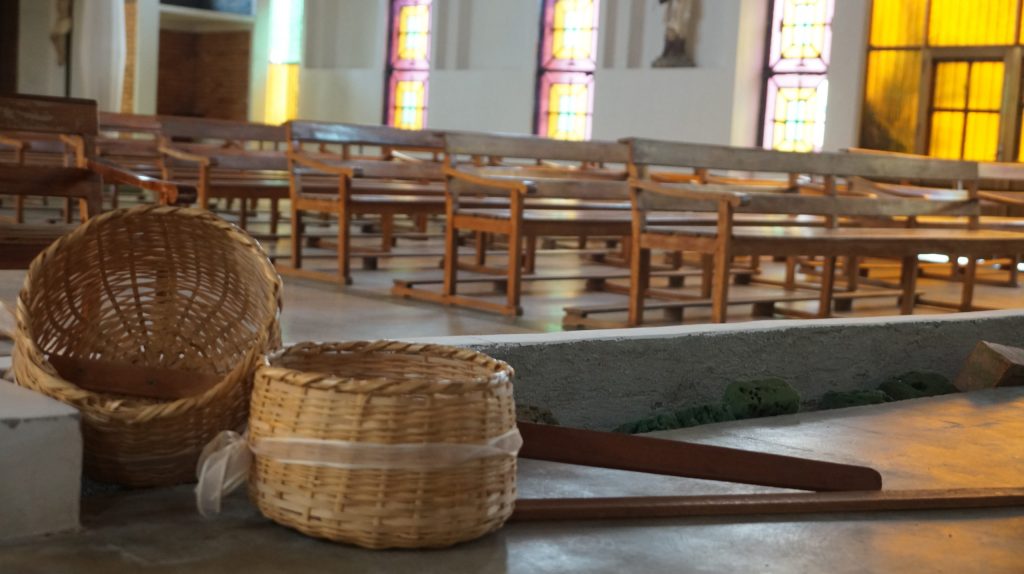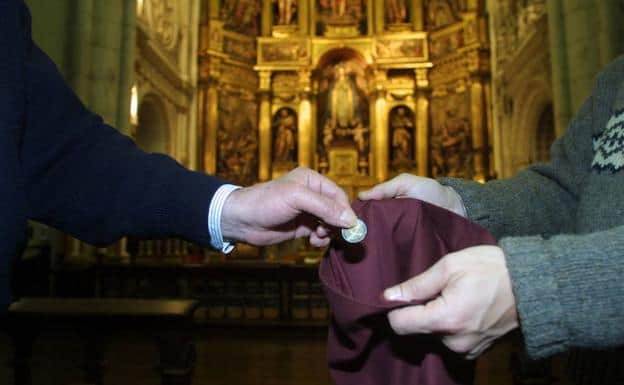(ZENIT News / Rome, 03.27.2023).- In 1974 Pope Paul VI requested that alms collected on Good Friday, in all Catholic churches worldwide, be allocated integrally to Christian communities of the Holy Land. Thus was born the “Collection for the Holy Land,” which continues to this day.
Hence, since 1974 and to date, Good Friday alms help Christian communities of Jerusalem, Palestine, Israel, Jordan, Cyprus, Syria, Lebanon, Egypt, Ethiopia, Turkey, Iraq and Iran. The total amount collected, which in 2022 reached US$9,043,319, was allocated as follows: 65% to the Franciscan Custody of the Holy Land and 35% to the Dicastery for the Oriental Churches, which uses the funds for the formation of seminarians, support of the clergy, and formation and elaboration of subsidies for Catholic dioceses in the Middle East.
In an age of transparency, the Dicastery for the Oriental Churches wanted to make transparent the use of the funds received.
Specifically, the Dicastery for the Oriental Churches (the Holy See’s “Ministry,” which in the main is concerned with dioceses of countries with a Rite that is different from the Catholic Church’s Latin Rite), invested a total of US$4,116, 600,00 thus:
-US$3,000,000
For the formation of seminarians, priests and women religious in Rome, as well as the upkeep of houses where they live (five years ago, an exclusive college was opened for nuns from Eastern countries. At present, there are 27 living there, who are studying in Rome).
-US$1,066,600
For the Pontifical Oriental Institute, a Pontifical University specializing in topics of the Middle East
-US$50,000
As extraordinary subsidies for culture collaboration

Economic Subsidies for Studies
The Church has also used alms contributed by Catholics on Good Friday to subsidize school activity. For example, US$1 million was allocated to the University of Bethlehem, a University of the Catholic Church in which 3,300 Christians of different denominations study, as well as Muslims. The University is run by the Lasallians.
Moreover, US$900,000 was allocated to schools run by the Latin Patriarchate of Jerusalem, that is, the Catholic Bishop of the Latin Rite in the Holy City
Finally, a total of US$1,054,400 was allocated to the Solidarity Secretariat for charitable works.
Other allocations will subsidize, in an ordinary or extraordinary way, some projects in the Middle East. For instance, faced with the recent earthquake in Turkey and Syria, extraordinary supports were given. These are the amounts for extraordinary subsidies:
- Jerusalem:US$51,000
- Iraq: US$707
- Lebanon: US$8,000
- Turkey: US$115,000
- Syria: US$40,000
- Egypt: US$25,000
- Ethiopia: US$20,215
- Eritrea: US$20,000
Total: US$279,922
Finally, the ordinary subsidies from the Dicastery for the Oriental Churches were:
- Jerusalem: US$318,000
- Jordan: US$25,000
- Iraq: US$122,000
- Lebanon: US$208,000
- Turkey: US$130,000
- Syria: US$283,000
- Iran: US$35,000
- Egypt: US$176,000
- Ethiopia: US$160,000
- Eritrea: US$168,000
- Total: US$1,625,000
This coming Good Friday, Catholic are invited to contribute to the Collection for the Holy Land. However, this year with a bit more clarity about where their contribution ends.



